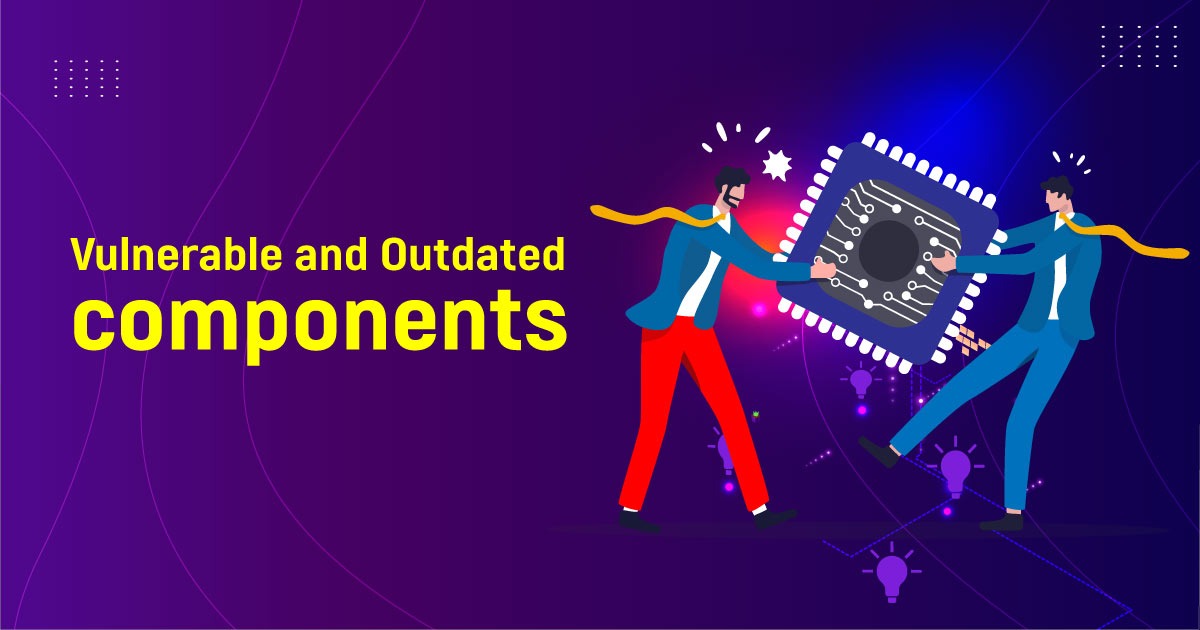Using vulnerable and outdated components is the sixth category in OWASP Top 10 web application security risks and one of the most common and serious mistakes developers and companies make. It can lead to devastating consequences such as data breaches, malware infections, and compromised systems. We will discuss the risks associated with using components with known vulnerabilities and the measures that can be taken to mitigate those risks.
What is meant by Components With Known Vulnerabilities?
Components with known vulnerabilities refer to software components that have security flaws or weaknesses that have been identified and publicly disclosed. These vulnerabilities can be the result of coding errors, design flaws, or outdated libraries or frameworks. Attackers can exploit these vulnerabilities to gain unauthorized access to systems, steal sensitive data, or disrupt operations.

Why is using Components With Known Vulnerabilities Risky?
Using components with known vulnerabilities is risky for several reasons:
-
Attackers actively seek out vulnerable systems and components to exploit. They can use automated tools to look for vulnerable components and launch attacks.
-
Vulnerable components can allow attackers to bypass security controls such as firewalls and intrusion detection systems and gain access to sensitive data or systems.
-
Vulnerable components can provide attackers with a launching pad for further attacks or allow them to move within a network.
How to mitigate the risks associated with the usage of such components?
The following are some measures that can be taken to mitigate the risks associated with using components with known vulnerabilities:
Be up-to-date on security alerts:
Developers and enterprises should stay informed about the latest security alerts and vulnerabilities. They should regularly follow security websites, forums and mailing lists to learn about the latest threats and vulnerabilities.
Use vulnerability scanners:
Vulnerability scanners are automated tools that can scan systems and identify vulnerabilities. Developers and organizations should use vulnerability scanners to identify vulnerable components and take appropriate mitigation measures.
Use secure coding practices:
Developers should use secure coding practices to minimize the risk of introducing vulnerabilities into their code. These include input validation, error handling, and encryption.
Patch and update:
Developers and organizations should regularly patch and update software components to ensure they are protected against the latest vulnerabilities. This includes updating operating systems, applications and libraries.
Use third-party libraries wisely:
Developers should use third-party libraries judiciously and only use libraries that have a good security record. They should also regularly check for updates and patches to ensure that the libraries are secure.
Conclusion
Using components with known vulnerabilities is a serious security risk that can have devastating consequences. Developers and organizations should take appropriate steps to mitigate the risks associated with using vulnerable components. This includes keeping abreast of security alerts, using vulnerability scanners, adopting secure coding practices, patching and updating software components, and using third-party libraries wisely. By taking these measures, organizations can reduce the risk of data breaches, malware infections, and compromised systems.












